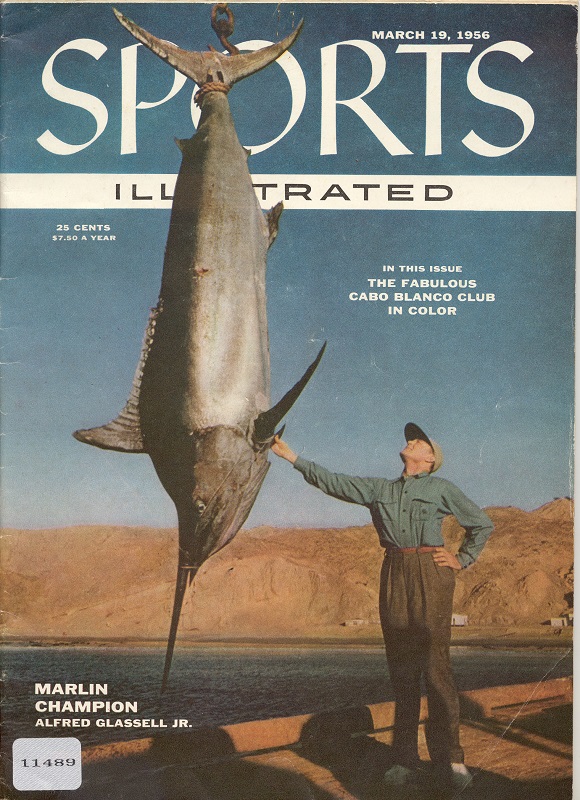Imagine you’re on Tinder, maybe wasting time or maybe looking for love, when the plague doctor pops up on your feed! You’d probably be tempted to swipe left as quickly as possible. Well hang on there…not so fast! Even though he looks like the stuff of nightmares, he’s really quite amazing. He may be complicated, but that’s not always a bad thing. Besides, you know your mom always wanted you to date a doctor. So why not give him a chance? At least let me tell you a little bit about the good doctor before you relegate him to the towering trash heap of rejected profiles.
He’s community-minded. This doc was community-based, meaning each city or town had their own. His primary job was, presumably, to care for and treat victims of the Plague. And while surely some gave it their best shot, in reality the job was less medical and more actuarial in nature. All deaths were recorded in log books, and the doctor would more often than not find himself counting rather than curing. In addition, the doctors were called upon to bear witness to the signing of wills and other important death-related documents. It was in this function that many became unscrupulous thieves by taking advantage of bereaved families. Whatever their intentions, be they good or bad, the doctors were seen both as brave and as valuable commodities. Some doctors were even kidnapped and held for ransom, an obvious indicator of their value to the community.
He’s brave. The job was dangerous and unpleasant, no doubt. Not only did he run the risk of becoming sick and dying, he was subject to a sort of quarantine for the duration of the outbreak and thereafter, to prevent spreading the illness to the uninfected. Most applicants for the job were second-rate doctors or young doctors trying to make a name for themselves. In later years, the position was frequently filled by a barber surgeon instead of a doctor. The barber surgeon’s profession made him well suited for lancing infected buboes and bloodletting – common treatments for Plague at the time. No self-respecting doctor would perform any kind of surgery after all.
He makes bank. Depending on where and when the doctor worked, payment and benefits varied. As evidenced in several historical compensation contracts, the doctors were often paid well and given room and board during the duration of their service. Many doctors even insisted on provisions that entitled them to advanced payment of several months. This protected their interests should something unfortunate happen to the town or city government, leaving them unable to fulfill their obligations. You have to appreciate a guy with foresight. However, in reality a majority of the doctors fell victim to the Plague themselves and were not able to enjoy the fruits of their labor.
He’s a trendsetter. The Venetian Carnival character Il Medico della Peste, is totally a rip-off of the doctor’s look. Same thing for the popular plague doctor “skin” in Minecraft. The game is a lot spicier when dressed as the doctor. Are you a fan of Steampunk or Comic-Con? Then surely you’ve seen the many wannabes walking around trying to jack the doctor’s swag. He’s even been the star of a creepy semi-viral YouTube video. The video is obviously bunk, but it’s interesting, and I enjoyed looking for the symbols that were hidden throughout the clip.
He’s cutting edge. The head-to-toe ensemble worn by 17th century plague doctors was designed as protective suits. Kind of like the suits worn by the doctors in the movie Outbreak. It is important to note that while we have records of plague doctors from the 14th century, the beak-based look did not exist until the 17th century.
A contemporaneous description of the suit comes to us from Charles de Lorme, chief physician to Louis XIII:
“The nose [is] half a foot long, shaped like a beak, filled with perfume with only two holes, one on each side near the nostrils, but that can suffice to breathe and carry along with the air one breathes the impression of the [herbs] enclosed further along in the beak. Under the coat we wear boots made in Moroccan leather (goat leather) from the front of the breeches in smooth skin that are attached to said boots, and a short sleeved blouse in smooth skin, the bottom of which is tucked into the breeches. The hat and gloves are also made of the same skin…with spectacles over the eyes.”
Each piece served a purpose:
- The wide-brimmed hat was less a functional piece than a signifier of profession. Everyone recognized a person wearing such a hat as a doctor. Gunther von Hagens, the man behind the Body Worlds exhibits, wears a similar hat in homage to the Renaissance anatomists.
- The bird mask is akin to a gas mask. Given the belief that disease was caused by foul odors called miasmas, this makes perfect sense. It may have even provided some real protection from the actual bacteria that causes Plague, as it was stuffed with herbs and spices, some of which had antibacterial properties.
- The long canvas coat and the leather breaches, boots, and gloves were all impregnated with wax to make them waterproof. These were worn to protect the entire body from the supposed disease causing miasmas. Personally, I see the long coat as a sort of Plague raincoat designed to protect the wearer from yuck that came flying once a bubo was lanced. Buboes are infected lymph nodes and are a classic symptom of bubonic plague. Lancing them was a common practice at the time.
- The wooden stick was likely used to lift the patient’s bedclothes and clothing and allowed the doctor a better look while maintaining a distance. Something which we can all probably get behind given the circumstances.
Let’s take a moment to compare the plague doctor’s infamous suit to modern day Ebola armor:
He’s a poetic muse. Nothing says heartthrob quite like being the inspiration for a poem. Below is a 17th century poem that accompanies a famous woodcut print of the plague doctor.
As may be seen on picture here,
In Rome the doctors do appear,
When to their patients they are called,
In places by the plague appalled,
Their hats and cloaks, of fashion new,
Are made of oilcloth, dark of hue,
Their caps with glasses are designed,
Their bills with antidotes all lined,
That foulsome air may do no harm,
Nor cause the doctor man alarm,
The staff in hand must serve to show
Their noble trade where’er they go.
While I could probably go on about him forever, that’s my story for you today. And whether you choose to try him or trash him, I hope you enjoyed meeting him and discovering his interesting story. If you care to have a personal meetup with the doctor, he currently resides in our Death by Natural Causes exhibit here at the Houston Museum of Natural Science. I’m confident our doctor would love to score a meetup with you! He hopes to see you there!











